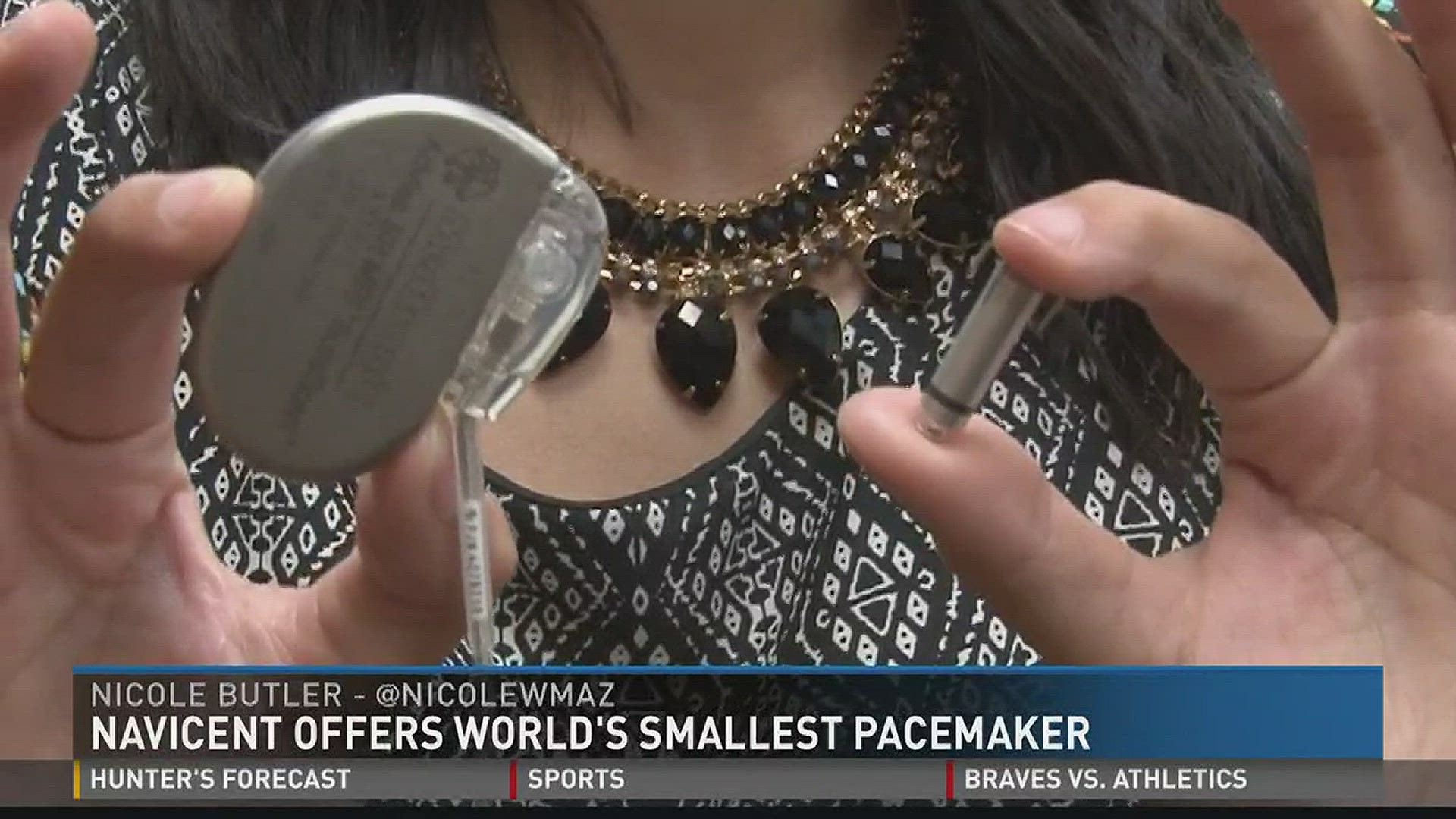According to the American Heart Association, doctors implant about 600,000 pacemakers a year.
Now, there is a new pacemaker that is less invasive and 1/10 the size of the traditional one.
Our Nicole Butler went to the Medical Center, Navicent Health, which is one the first hospitals in the Southeast to use the device.
We wanted to see how the device works and speak to a woman about her experience with the new pacemaker.
Shirley Henderson is one of the first people in the Southeast to receive the new Micra Pacemaker.
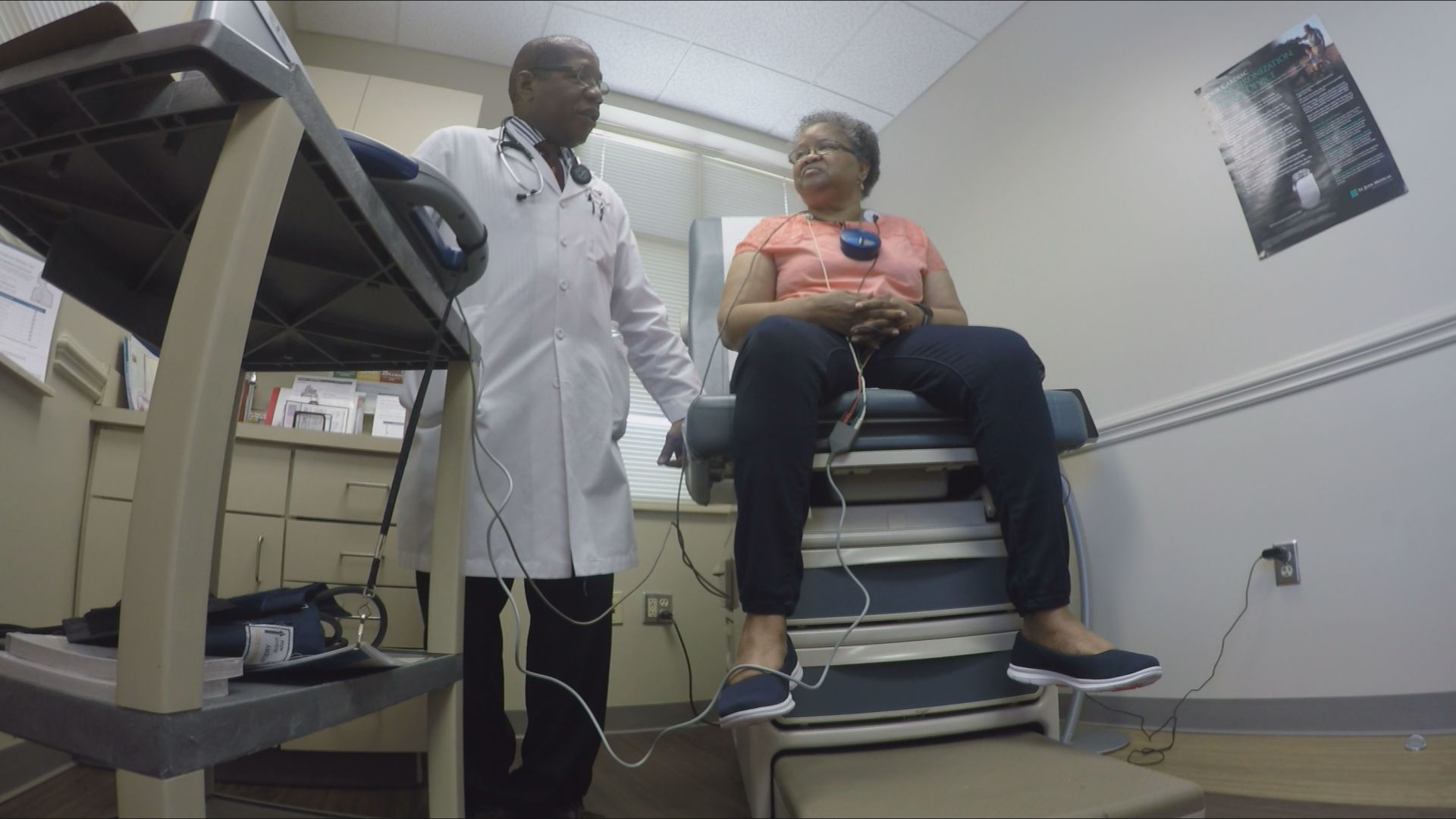
Being a little hesitant to get the new procedure, she talked herself into it.
"Don't be scared, you got a good surgeon, trust him," Shirley said.
Her husband, William, was still on edge. They ended up switching doctors after her traditional pacemaker got infected.
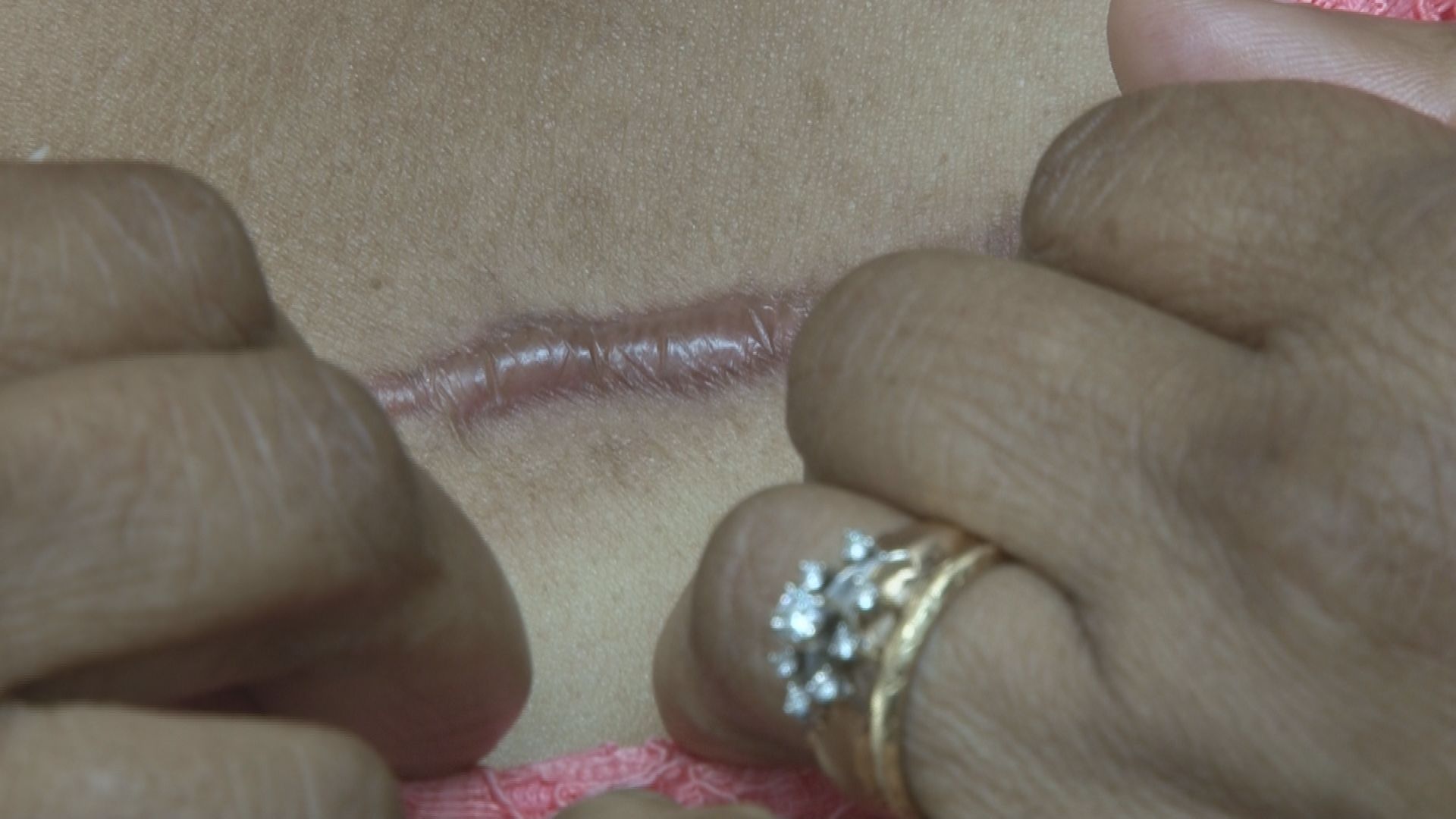
"You should've seen me when she came in there, and the infection... it was like a pen hole. Blood was coming out of it and she had to calm me down," William said.
The infection came from the leads in the pacemaker shown in the picture in yellow.
The leads are wires that send electrical impulses to pace the heart, but for many patients like Shirley, the lead can break and cause infection.
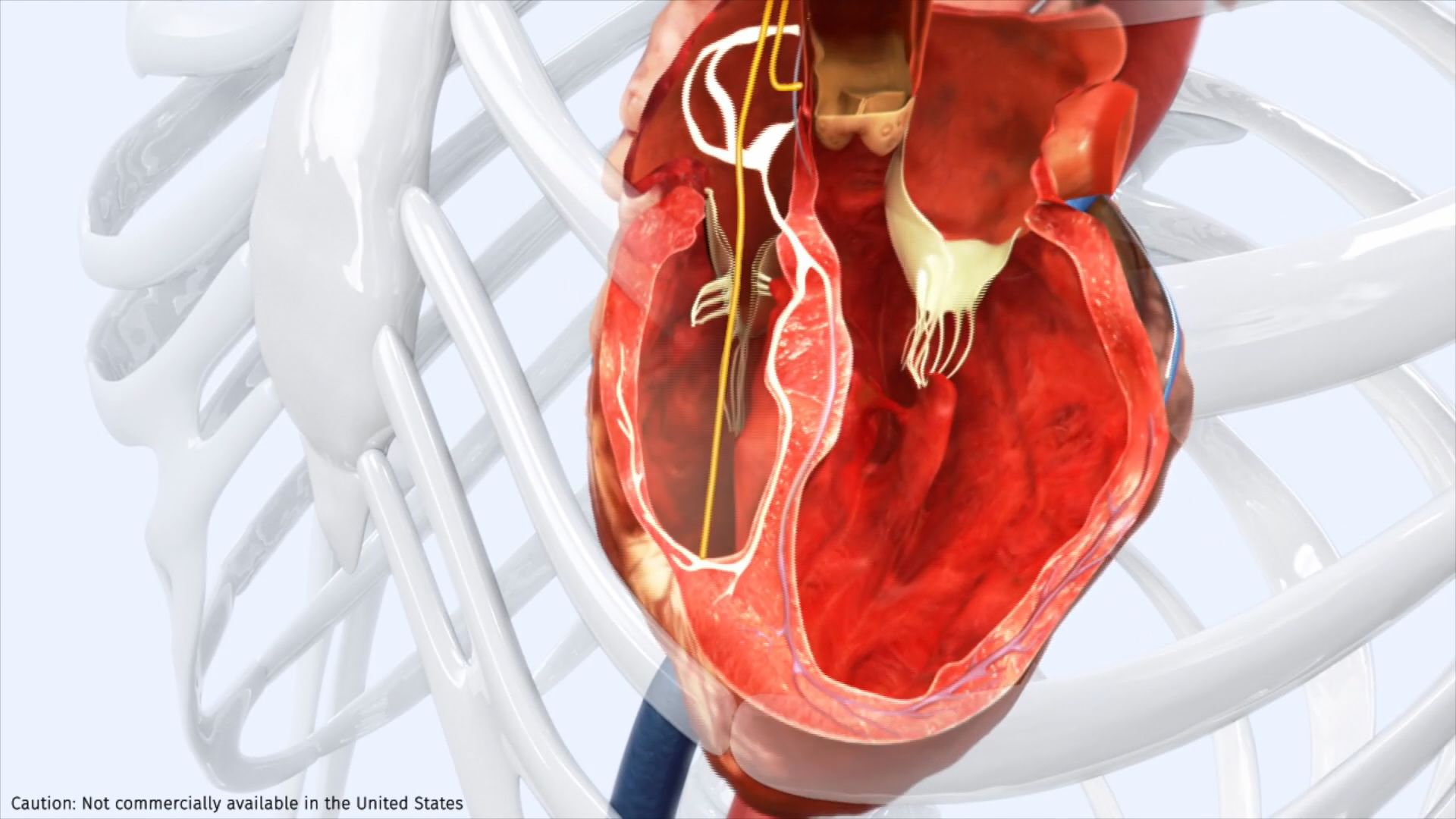
Dr. Felix Sogade says the Micra pacemaker fixes that problem and many more.
"I think a lot of people are going to demand this because you don't have to have restriction on movement, you don't have to restrict driving for any period of time which you did with the traditional pacemaker," Sogade said.
The new Micra pacemaker is actually the smallest pacemaker in the world; it's about a tenth the size of the traditional pacemaker, resembling a large pill.
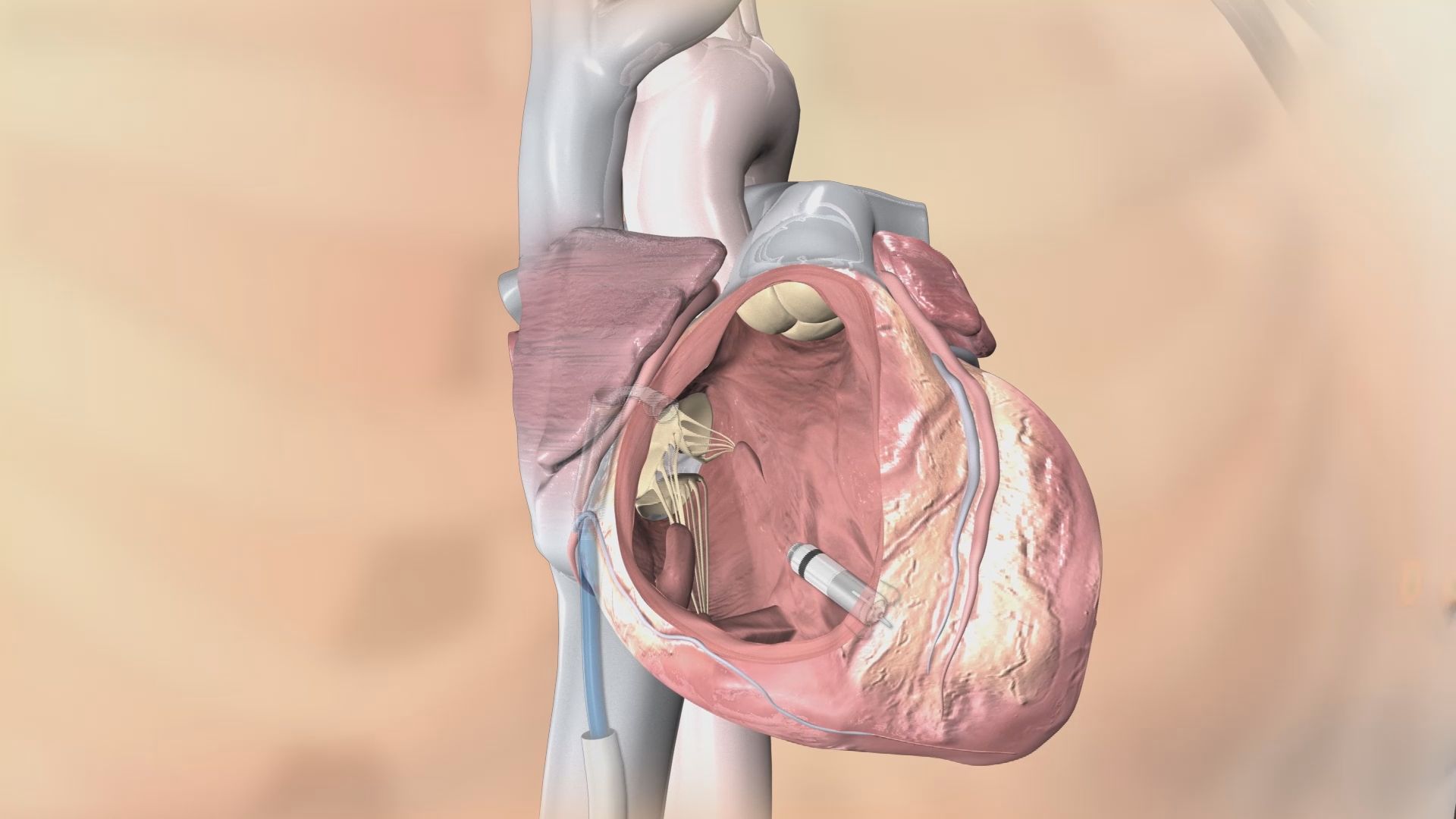
Here's how it works: A catheter is inserted into the groin and the catheter travels up and the device is delivered directly into the heart.
"Once this attaches, it's not easy to take it off, so there is no fear of it moving," Sogade said.
"After the surgery, she had to keep her leg stiff for four hours. After that, she was up walking and no pain medicine," William said.
Shirley says she's glad she took that leap of faith with the new procedure and says others should do the same.
Dr. Sogade says these Micra pacemakers may replace the traditional ones all together in the future.

